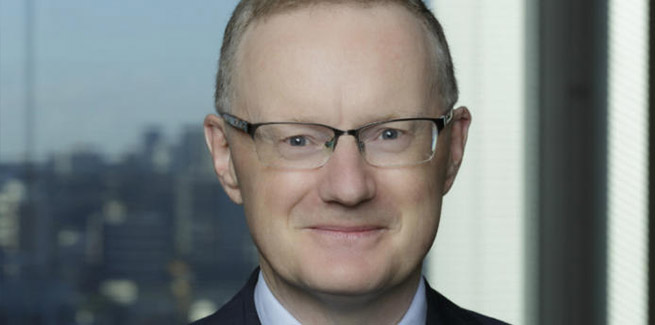Ahead of the Australian Bureau of Statistics (ABS) releasing the Consumer Price Index (CPI) for the June quarter next week, the Reserve Bank of Australia (RBA) has said it expects a “step-up” from March’s 5.1 per cent figure.
The latest figures from the ABS indicated that Australia's inflation hit a 22-year high, jumping 2.1 per cent in the March quarter, fueled by high construction costs and petrol prices.
Speaking at the Australian Strategic Business Forum 2022 on Wednesday (20 July), RBA governor Dr Philip Lowe said the path back to the target range of 2 to 3 per cent inflation will require an “increase in supply and some moderation of demand”.
Over the last three months, the RBA has begun lifting the cash rate — which now sits at 1.35 per cent, from its historic low 0.1 per cent.
While the focus is on how Australians respond to rate rises, Mr Lowe indicated in its July minutes that more rate rises were expected. However, he pointed out more recently that there was a “limit to what can be achieved” through management of aggregate demand.
“Many of the challenges we face together as a nation would be made easier by stronger growth in productivity,” Mr Lowe said.
“Stronger productivity growth means a bigger economic pie and higher living standards. It can also put downward pressure on prices and inflation.”
However, recent trends in productivity growth showed average productivity growth slowing in the past five years, approximately 0.9 per cent as compared to 2 per cent growth during the 1990s and 1.2 per cent growth in the early 2000s, according to RBA analysis.
“Strong productivity growth provides governments with a greater capability to fund the many services that the public values. And it is the only way to sustain stronger growth in real wages.
“The good news here is that there is no shortage of ideas on how to do this.”
The policy challenge for the RBA now is to return inflation to the 2 to 3 per cent target range while, at the same time, keeping the economy “on an even keel”, Mr Lowe said.
“We don't need to return inflation to target immediately… But we do need to chart a credible path back.”
Inflation expected to decline
Indeed, COVID-19 and the war on Ukraine have contributed to global supply chain issues and higher prices which has contributed to a rise in inflation domestically as well as supply chain bottlenecks.
But Mr Lowe said this is expected to “ease over the months ahead”.
“Delivery times are improving and some supply bottlenecks are easing as firms adjust to the new operating environment.
“The effects of this and some rebalancing in consumer demand are now evident in some global markets, with declines in the global prices of products.”
In addition, household spending had recovered “more quickly” from the pandemic than was expected, in part due to the government support injected into the economy during the pandemic.
While that spending held the economy through the pandemic, Lowe points out that the current high inflation is the cost of a situation that could have been “dire”.
“It is important to remember the context in which this support was provided. In Australia, tens of thousands of people were expected to die, our hospitals were expected to be overflowing, many people were expected to lose their jobs, and deep social and economic scarring was anticipated.
“It was a very scary time.
“In the highly uncertain environment of the time, the right policy choice was to err on the side of too much insurance, rather than too little insurance.”
With the benefit of hindsight, it could be argued that “we took out too much insurance”, he said.
Inflation psychology
Despite the RBA’s analysis which signaled inflation will return to its target range, Mr Lowe erred on the side of caution when it comes to “inflation psychology”.
“We are also paying close attention to the general inflation psychology of households and firms.
“If people setting prices and wages were to believe that higher inflation will persist, they are more likely to push prices and wages up.
“This could result in a self-reinforcing cycle: one in which higher inflation leads to firms being more willing to put their prices up and agree to larger wage claims, which then perpetuates the higher rate of inflation, and the cycle repeats itself.”
Wage-price spiral
While Mr Lowe said there was no indication that was the case in Australia now, research from the Australian Institute highlighted the majority of Australia’s inflation was a result of rising profits.
The report found labour costs played an “insignificant role” in the recent increase in inflation, accounting for just 15 per cent of economy-wide price increases while profits played an “overwhelming role”, accounting for about 60 per cent of recent inflation.
Dr. Richard Denniss, chief economist at the Australia Institute said Australia isn’t experiencing a “wage-price spiral”, it was at the beginning of a price-profit spiral.
“While companies are arguing that they have ‘no choice’ but to increase their prices, the fact that they are making record and rising profits is proof of how many choices they really have.
“It’s a shortage of competition, not a shortage of skilled labour, that is driving up the cost of living in Australia.”
[Related: Household equity to ward off debt concerns: RBA]

